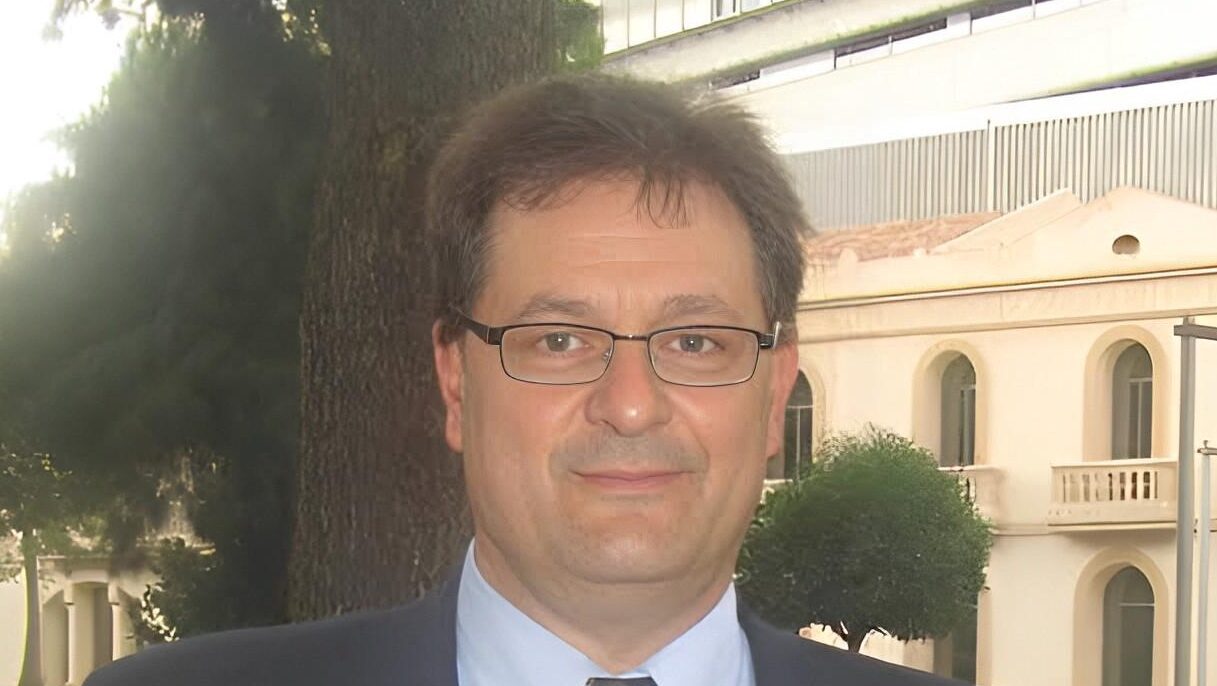Miguel Bronchud, Co-Founder of Regenerative Medicine Solutions, shared a post on LinkedIn:
“How to make a new anti cancer drug in your kitchen?
X-ray protein crystallography and structure-guided approaches have been mainstays for drug discovery for more than two decades.
A great deal was done at Cambridge University and in fact it was probably the beginning of the famous MRC laboratory.
When I was (45 years ago) a part II Biochemistry student there, one could still find in the cold room boxes with frozen muscle from whales used by Kendrew to determine by Xray crystallography the 3D structure of myoglobins (and later in Max Perutz’s lab of hemoglobins)…Now technology has evolved considerably and even GOOGLE and AI are taking an active interest.
Atomic-level, three-dimensional (3D) structures of biological macromolecules inform our understanding of target biology, and provide important insights into target druggability for both small-molecule and/or biologic agents.
Today, macromolecular crystallography (MX) and 3D electron microscopy (3DEM) are routinely used in most large and many small biopharmaceutical companies for structure-guided optimization of affinity of small-molecule screening hits and lead compounds.
3D biostructure data can also aid in surmounting some of the myriad challenges (e.g., avoiding unwanted off-target binding) inherent in turning biochemically active compounds into potent, drug-like molecules suitable for safety and efficacy testing in animals and humans.
Finally, starting points for medicinal chemistry campaigns (i.e., selectively binding chemical scaffolds) can be identified via fragment screening using nuclear magnetic resonance spectroscopy or NMR or MX and 3DEM .
Public-domain 3D biostructure information generated using MX, 3DEM, or NMR is distributed on an open-access basis by a singular global data resource, known as the Protein Data Bank (PDB ). When the PDB was established in 1971 as the first open-access digital data resource in biology, it housed only seven protein structures.
Only 7….Today, the PDB is regarded as a global public good vital to basic and applied research and education/training across the biological and biomedical sciences.
In the spring of 2024, the PDB housed >220,000 experimentally determined, atomic-level 3D structures of biological macromolecules (i.e., proteins, DNA, and RNA), many of which have been visualized in the act of binding one or more small-molecule ligands, including United States Food and Drug Administration (US FDA) approved drugs.”
Additional information.
Source: Miguel Bronchud/LinkedIn
